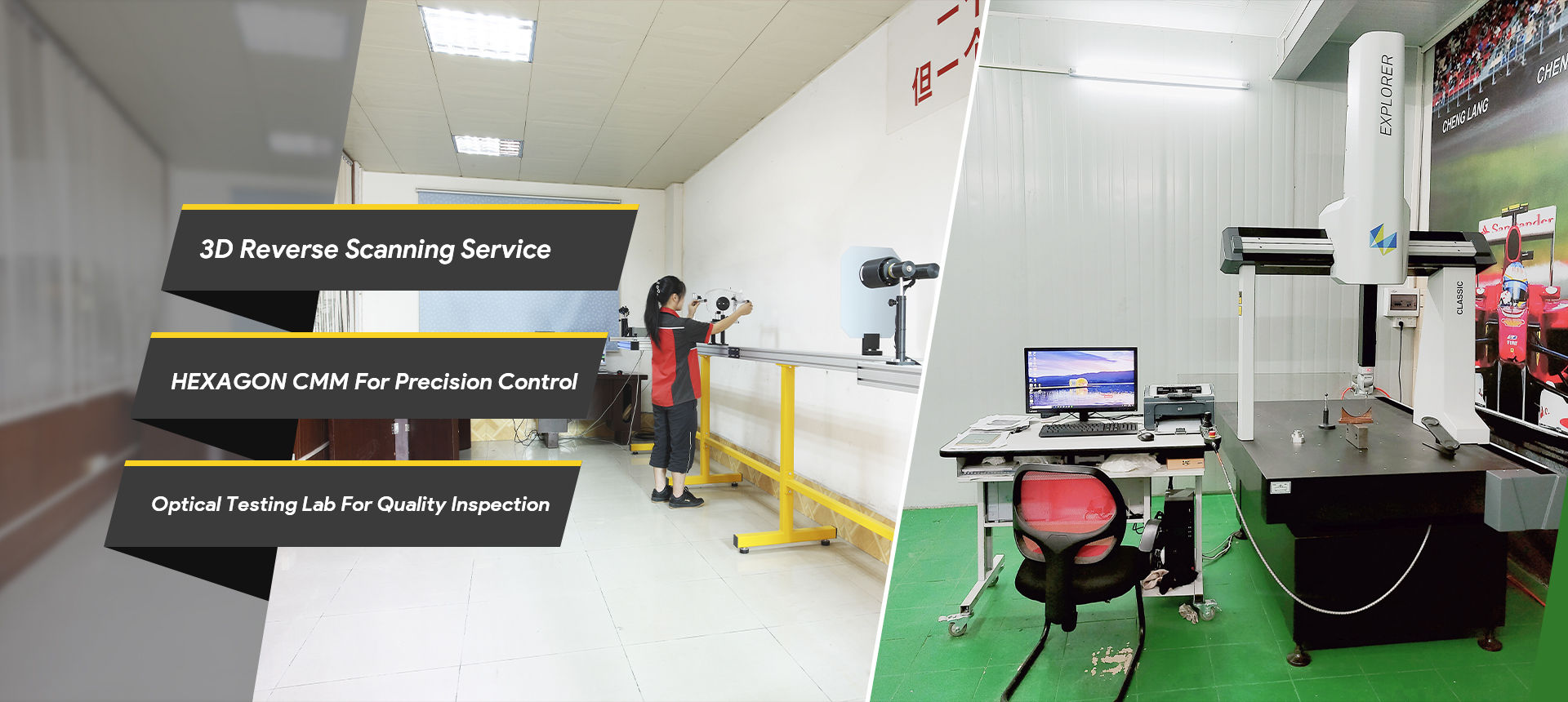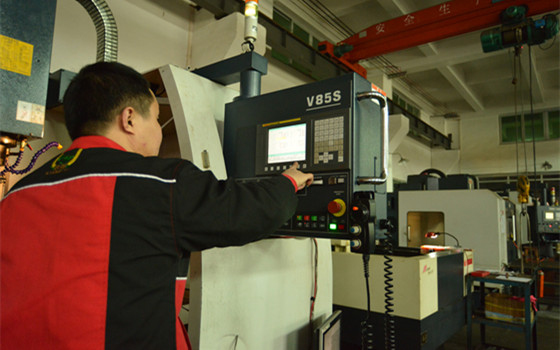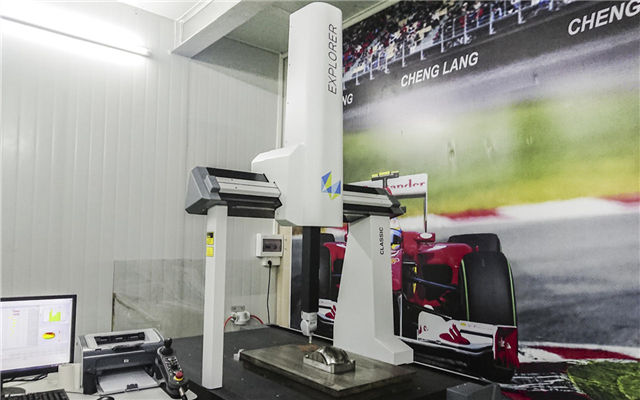Medical injection molding is a highly specialized manufacturing process with stringent requirements to ensure the safety, functionality, and quality of critical medical components. Meeting the specific standards of the medical injection molding industry is essential for manufacturers to deliver reliable products used in healthcare environments. This article explores the key requirements and standards of medical injection molding, detailing essential considerations and how they affect the overall production of injection-molded medical products.
Understanding Medical Injection Molding Requirements
Medical injection molding requirements cover several factors, including material choice, quality control, and adherence to regulatory standards. As these products often come into contact with the human body or sensitive medical environments, ensuring biocompatibility and durability is paramount. Medical parts injection molding must consistently produce components that meet exact specifications, with a zero-tolerance approach for defects. The process also demands high cleanliness standards and precise engineering to ensure that each component performs reliably in a healthcare setting.
Importance of Material Selection in Medical Injection Molding
One of the core requirements in medical injection molding is selecting suitable materials that meet both regulatory and performance standards. Medical grade injection molding plastic must be biocompatible, durable, and able to withstand sterilization processes, which may involve high temperatures or chemical exposure. Common materials include polycarbonate, polypropylene, polyethylene, and certain medical-grade thermoplastics designed for high performance. Each material’s properties, such as tensile strength, chemical resistance, and thermal stability, must be carefully evaluated to match the intended application of the medical component.
A medical plastic injection molding manufacturer will often work closely with material suppliers and medical device manufacturers to ensure that chosen plastics meet regulatory guidelines. This collaboration is essential for producing safe, high-quality components that meet medical industry standards.
Precision Engineering and Tooling in Medical Injection Molding
Precision is fundamental to the medical injection molding process. In medical applications, even the smallest imperfection can compromise a component's functionality. Thus, manufacturers use advanced technologies, such as computer-aided design (CAD) and computer-aided manufacturing (CAM), to create detailed molds that can produce intricate medical components with tight tolerances.
Medical injection molds require specialized tooling designed to handle complex shapes and maintain dimensional accuracy throughout high-volume production runs. The molds must be engineered from high-quality, durable materials such as stainless steel to withstand wear and prevent contamination. Manufacturers often employ stringent mold maintenance schedules to extend the mold's life and preserve the quality of injection-molded medical products.
The creation of molds, particularly plastic molds for medical parts, is an investment in quality, ensuring the end product meets both the physical and regulatory standards required in the healthcare industry. Manufacturers may also employ multi-cavity molds to increase production efficiency, especially for high-demand components, while maintaining precise and consistent outputs.
Regulatory Compliance in the Medical Injection Molding Industry
Compliance with healthcare regulations is one of the most critical requirements in medical injection molding. To produce injection molded medical products that meet standards, manufacturers must follow strict protocols throughout the entire production process.
Cleanroom Manufacturing for Medical Injection Molding
Given the sensitivity of medical components, medical injection molding manufacturers commonly utilize cleanrooms for production. Cleanrooms help control contamination by maintaining low levels of particulates, such as dust and microbes, in the manufacturing environment. Controlled temperatures, humidity, and air filtration are essential for cleanroom production, reducing the risk of contamination in plastic injection molds for medical components.
Quality Assurance and Testing for Injection Molded Medical Products
Quality assurance is critical in the medical injection molding industry. Medical products undergo rigorous testing to ensure they meet specifications for safety, functionality, and durability. Common tests include visual inspections, dimensional analysis, and performance testing under simulated conditions. Testing ensures that each plastic injection mold for medical products consistently delivers parts that meet or exceed industry standards. Advanced inspection techniques such as optical measurement and 3D scanning are frequently used to verify dimensions and detect any potential defects.

Innovation and Future Trends in Medical Injection Molding
As the medical industry continues to evolve, medical injection molding requirements are also advancing to meet new demands. There is a growing interest in sustainable, bio-based plastics for medical applications, along with innovations in-mold technology to support the production of increasingly complex components. Enhanced automation and data analytics are also being integrated into the medical injection molding process to improve efficiency, reduce lead times, and enhance quality control.
Medical injection molding manufacturers are constantly exploring new materials, technologies, and methods to maintain compliance while adapting to the evolving needs of the healthcare industry. By meeting rigorous standards, manufacturers are positioned to deliver reliable, safe, and high-quality products essential for modern medicine.
In conclusion, meeting medical injection molding requirements is vital for producing high-quality, safe, and effective medical components. From material selection and precision tooling to regulatory compliance and quality assurance, each stage of the process requires careful attention to detail and adherence to stringent standards. By following these guidelines, manufacturers can create reliable, injection-molded medical products that support patient safety and health in a variety of medical settings.


.jpg)

.jpg)